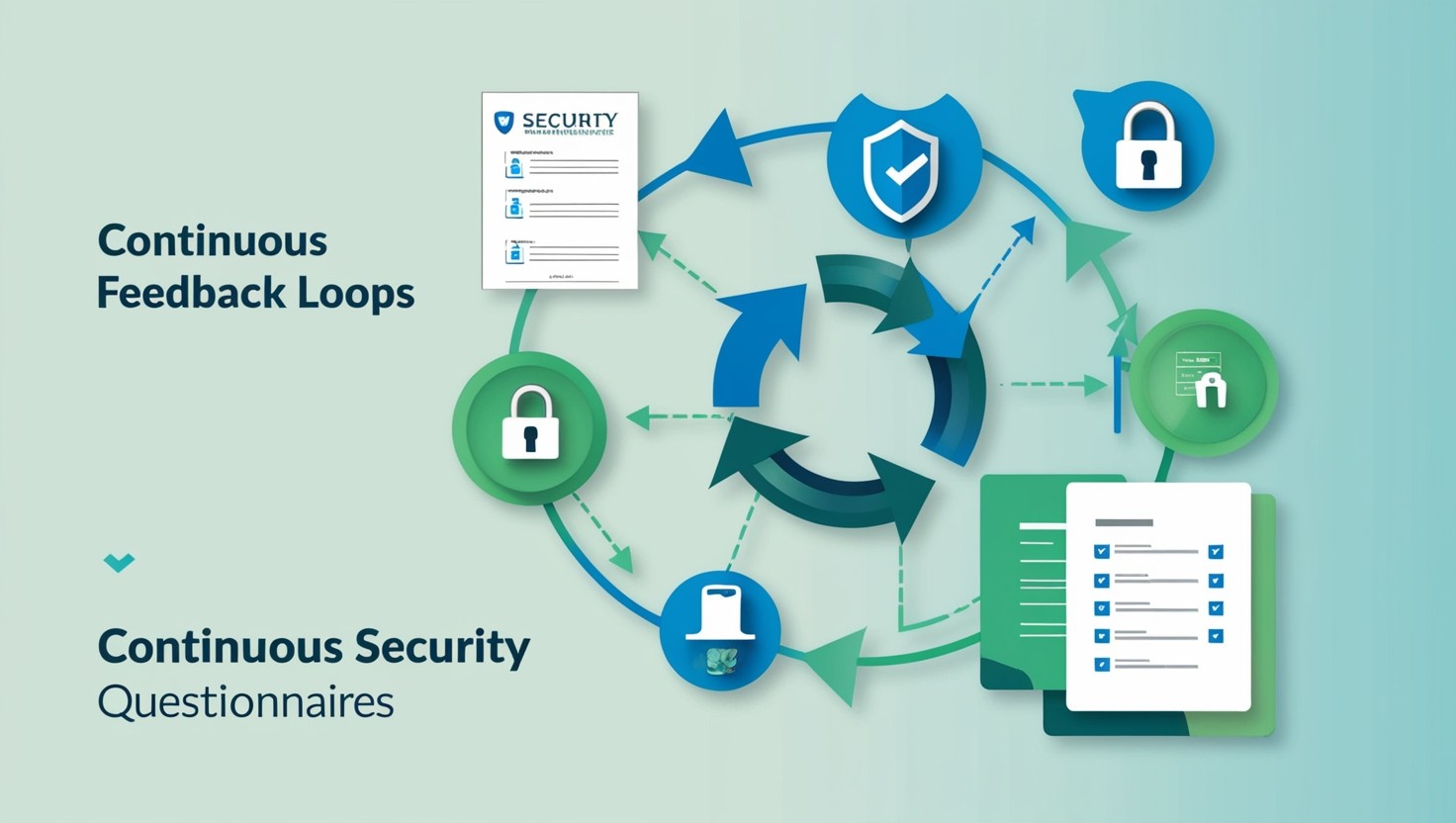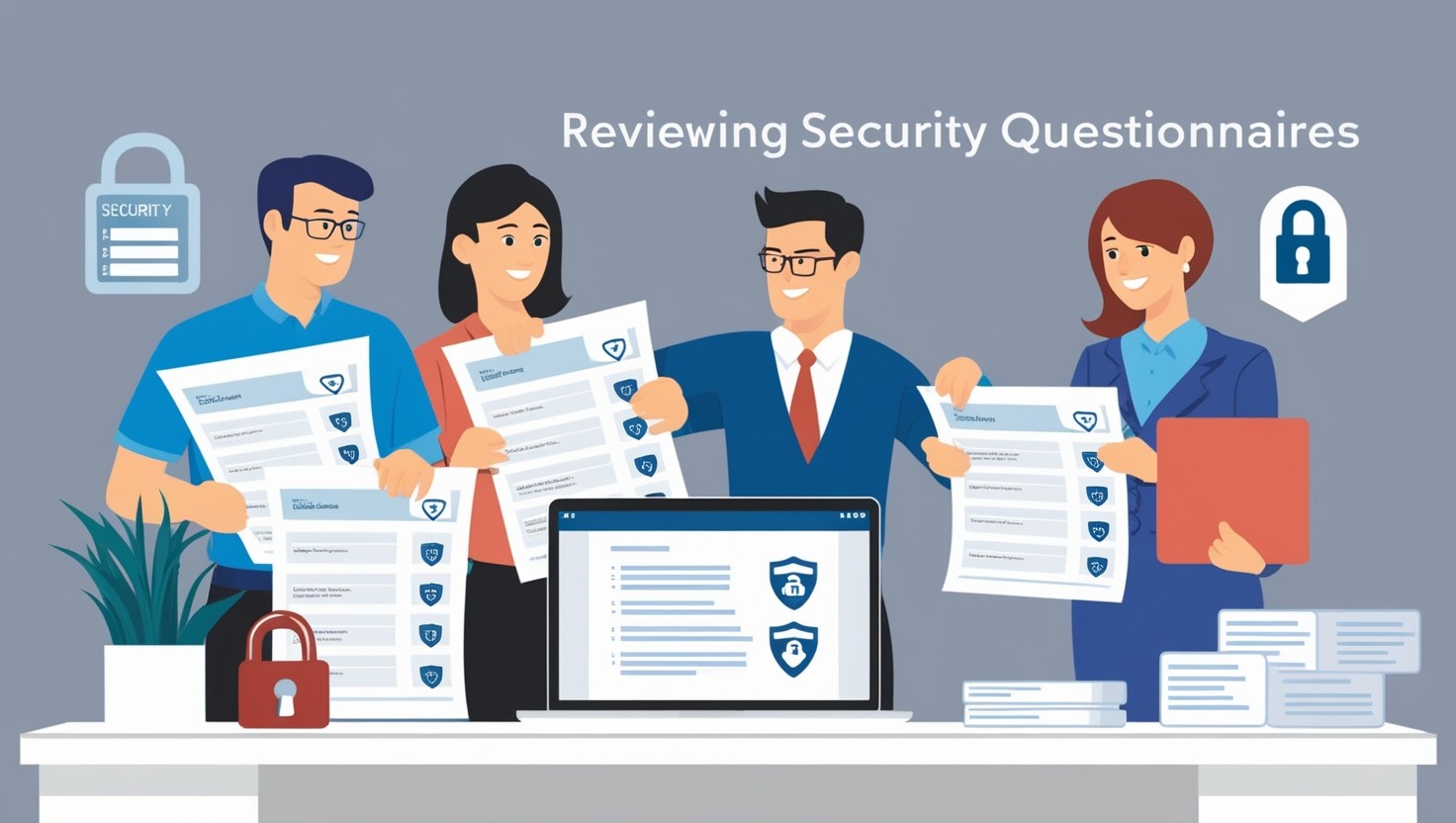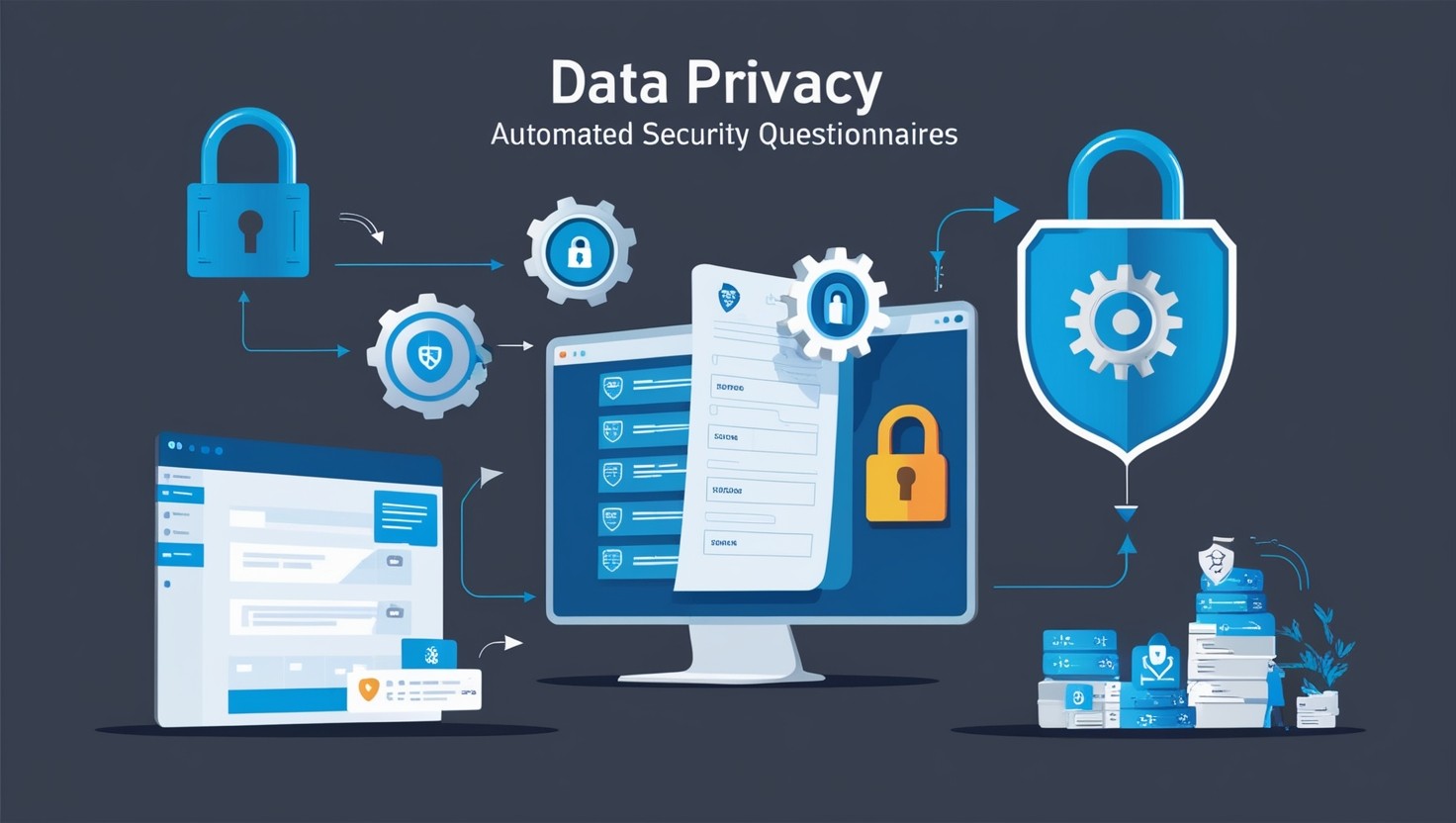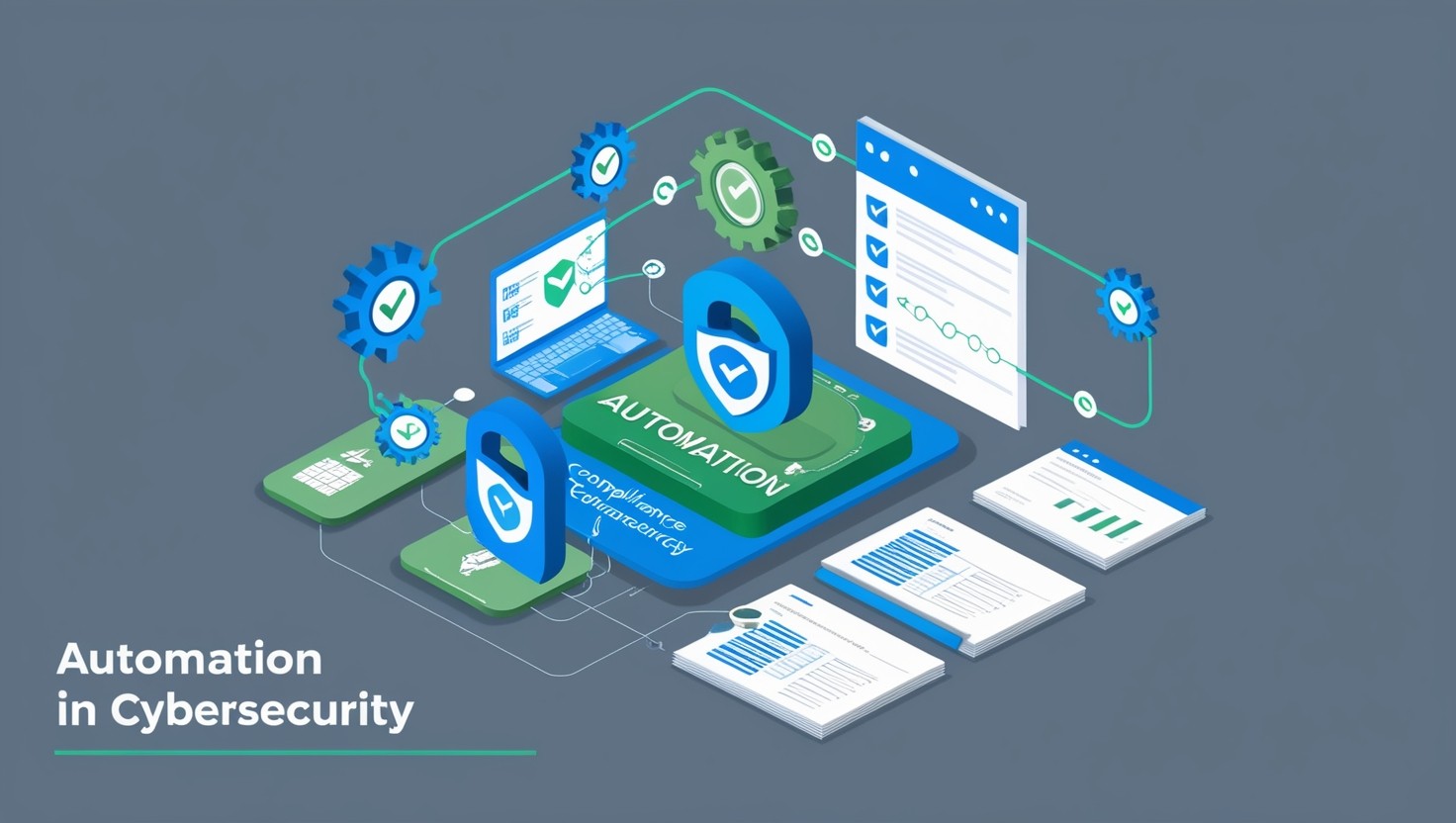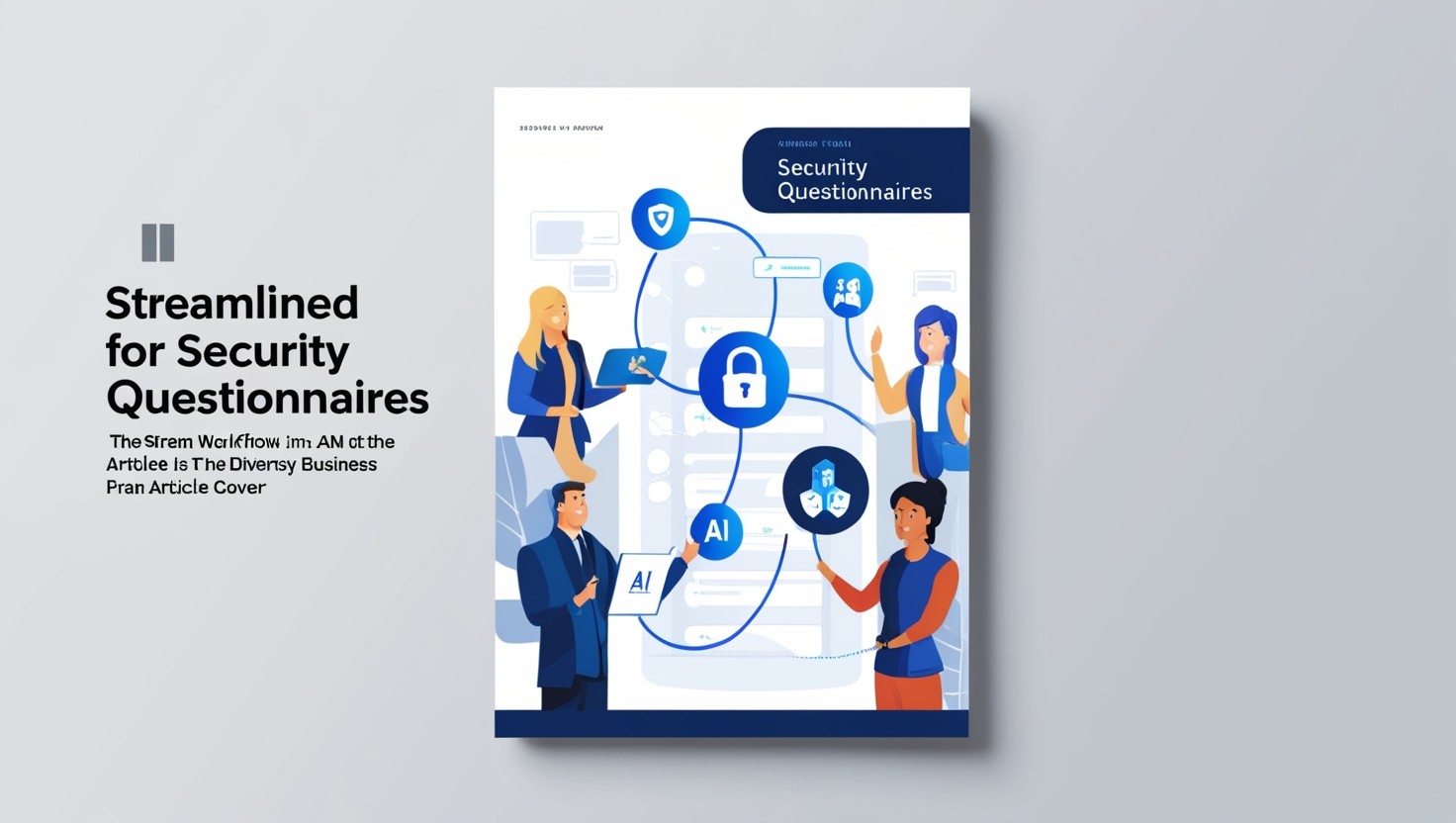How automating security questionnaires saves time and headaches
Share This Article
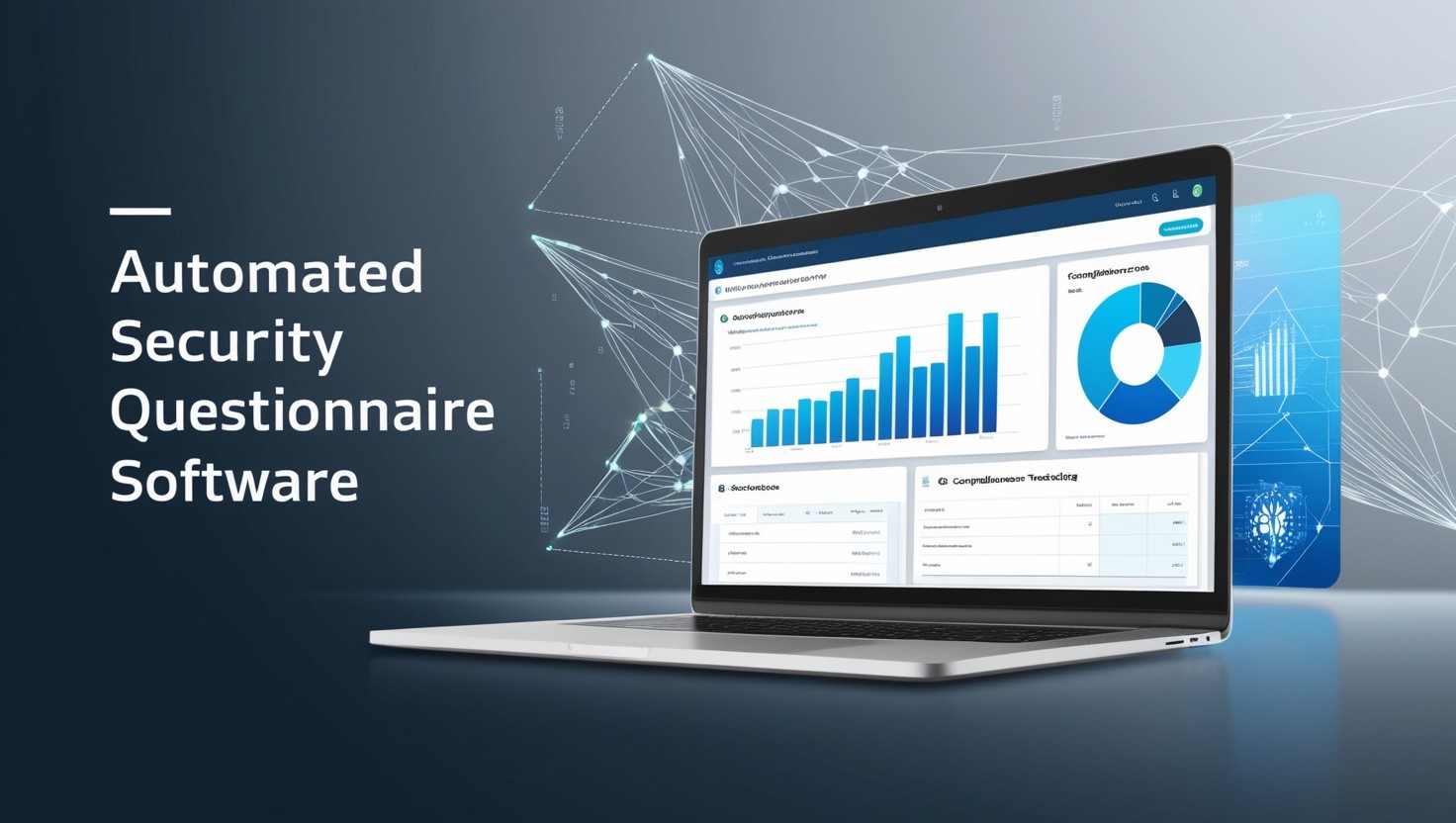
Benefits of Security Questionnaire Automation
Automating security questionnaires offers significant advantages, particularly for security and compliance officers, IT managers, and SaaS startups. Two key benefits are efficiency and time savings as well as enhanced quality and accuracy.
Efficiency and Time Savings
Automating security questionnaires saves considerable time by streamlining the traditionally labor-intensive process. Automation software aids in tracking regulatory and framework compliance for third-party vendors, helping to prioritize risks based on compliance requirements (UpGuard). This process improvement reduces the likelihood of regulatory violations and enhances overall information security.
Security questionnaires serve as a vital bridge for businesses to share and evaluate critical security information. This role is particularly important in today's interconnected digital landscape, where reliance on third-party vendors and high volumes of data exchange are common.
The completion of security assessments typically involves multiple teams, including sales, security, GRC, privacy, and legal. Automation reduces the workload for these teams by minimizing manual effort. Responding to security questionnaires is time-consuming for both buyers and sellers, with buying teams investing substantial time developing, sending, answering, and reviewing responses.
Below is an example of the time saved by automating security questionnaires:

For further details on reducing time and enhancing efficiency, you can explore our articles on reducing time to complete security questionnaires and efficient security questionnaires.
Enhanced Quality and Accuracy
Automation significantly enhances the quality and accuracy of responses in security questionnaires. Automated compliance tracking ensures better alignment with regulatory requirements, improving information security and reducing the risk of non-compliance (UpGuard).
The complexity of security questionnaires often demands a high degree of accuracy, which manual processes may not consistently deliver. Automation tools facilitate the accurate and consistent interpretation of questions, sourcing of responses, and communication among teams involved (SafeBase). This reduces the possibility of human error, which can lead to inaccurate or incomplete responses.
In addition, automated systems often incorporate advanced technologies, such as Artificial Intelligence (AI), to further enhance the precision of the responses. AI-driven tools can quickly analyze large volumes of data, identify patterns, and provide relevant answers, thereby ensuring that the responses are not only accurate but also comprehensive.
For more insights into the mechanisms that enhance the quality and accuracy of automated security questionnaires, you can read our articles on ai in security questionnaires and automating security questionnaire responses.
By automating security questionnaires, businesses can achieve greater efficiency and time savings, while also ensuring high-quality and accurate responses. This dual benefit makes automation a valuable solution for handling such crucial tasks effectively. Explore our guide to automating security questionnaires for a comprehensive understanding of the automation process.
Technology Solutions for Security Questionnaires
Artificial Intelligence in Questionnaire Responses
Artificial Intelligence (AI) plays a pivotal role in enhancing the response quality and efficiency of security questionnaires. AI technology can analyze bullet points or rough drafts and generate comprehensive answers. This approach allows companies to focus on communicating value while minimizing the readability burden. An example of such a tool is AIEnhance from UpGuard, which leverages advanced algorithms to create clear and relevant responses (UpGuard).
Key benefits of AI in questionnaire responses include:
Improved Efficiency: Faster generation of accurate responses.
Enhanced Quality: Consistent and well-structured answers.
Focused Efforts: Less manual intervention, allowing teams to concentrate on strategic value.
Further reading: AI and automation in security questionnaires
Automation Tools for Repeated Questions
Automation tools are designed to save time and reduce redundancy by addressing repeated questions in security questionnaires. Technologies such as AI Autofill by UpGuard can suggest responses based on historical data, ensuring quick and accurate answers. This method not only saves time but also enhances trust with vendors, as repetitive questions are swiftly and efficiently managed.
Key features of automation tools include:
Historical Data Utilization: Using past responses to inform current answers.
Time Savings: Significant reduction in the time spent on repeated questions.
Consistency: Ensuring that similar questions receive consistent answers.
For more information, explore our article on tools to simplify security questionnaires.
By leveraging AI and automation tools for security questionnaires, companies can streamline their processes and achieve greater efficiency. Discover more best practices and insights in our guide to automating security questionnaires.
Importance of Compliance Tracking
Regulatory and Framework Compliance
In the realm of automating security questionnaires, tracking regulatory and framework compliance plays a vital role. Automation tools aid in aligning third-party vendors with regulatory requirements, ensuring that potential risks are prioritized effectively based on compliance criteria (UpGuard). This reduces the likelihood of regulatory violations and enhances the overall security posture.
Compliance automation tools help organizations adhere to industry regulations, internal policies, and standards efficiently. They reduce manual effort and minimize the risk of errors by providing real-time alerts for potential compliance issues. This enables proactive management of compliance concerns.
Continuous monitoring capabilities are a key feature of these tools, allowing for real-time updates on compliance status. These capabilities ensure that organizations stay current with regulatory changes and requirements without the need for constant manual intervention. This reduces the risk of incurring fines and penalties associated with non-compliance.
Prioritizing Risks through Automation
Automating the responses to security questionnaires not only increases efficiency but also significantly aids in risk management. By leveraging automation, organizations can prioritize risks based on compliance needs, streamlining processes, and ensuring a proactive approach to risk management.
These tools help businesses adhere to various compliance mandates by efficiently managing and tracking responses to security questionnaires. They also minimize manual efforts and reduce the probability of errors by standardizing and automating repetitive tasks (OneTrust).
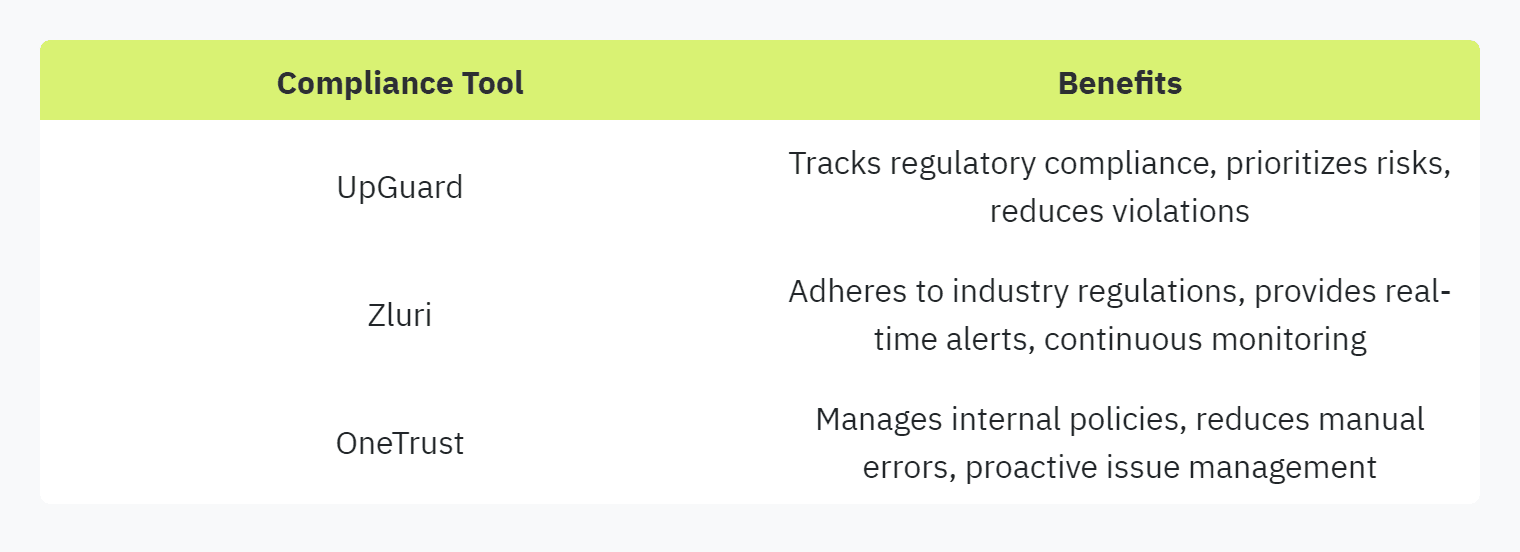
For more on how automating security questionnaires can streamline your compliance efforts, visit our sections on compliance in security questionnaires and tracking security questionnaire responses.
By integrating automation tools in security questionnaires, businesses can improve their risk management processes while ensuring they stay compliant with necessary regulations. This technological enhancement not only ensures efficiency but also fosters a more robust security environment.
Streamlining Communication in Questionnaires
Effective communication is critical in managing and completing security questionnaires. Streamlined communication reduces delays and confusion, thereby enhancing the efficiency of the entire process. Here, we focus on two key tools that significantly improve communication: in-line correspondence features and facilitating efficient communication.
In-line Correspondence Features
In-line correspondence features integrated within security questionnaire automation tools enable users to attach conversation pathways directly to specific questionnaire items. This functionality simplifies handling clarifications and resolving queries during the assessment process. Platforms like UpGuard exemplify this by offering in-line discussion capabilities, helping to keep all communications contextual and organized (UpGuard).
Utilizing in-line correspondence, users can:
Attach notes and comments directly to specific questions.
Track the history of conversations related to particular questionnaire items.
Quickly address follow-up questions without shifting through multiple communication channels.
Facilitating Efficient Communication
Facilitating efficient communication in the context of automating security questionnaires is essential for minimizing the time spent on follow-ups and ensuring that each party has access to the information they need. Here are some strategies for enhancing communication:
Centralized Communication Hubs: Tools like SecurityPal offer a comprehensive communication interface that consolidates all related discussions, documents, and updates (SecurityPalHQ).
Real-time Collaboration: Implementing features that support real-time collaboration can speed up the process significantly. These may include instant messaging, shared document editing, and real-time notifications.
Clear Responsibility Assignments: Assigning clear roles and responsibilities to team members ensures that follow-up actions are promptly executed, and accountability is maintained.
Comprehensive Documentation: Maintaining a robust knowledge library as part of the automation tool allows quick access to previously answered questions and relevant company policies. This reduces duplicate efforts in responding to similar queries.
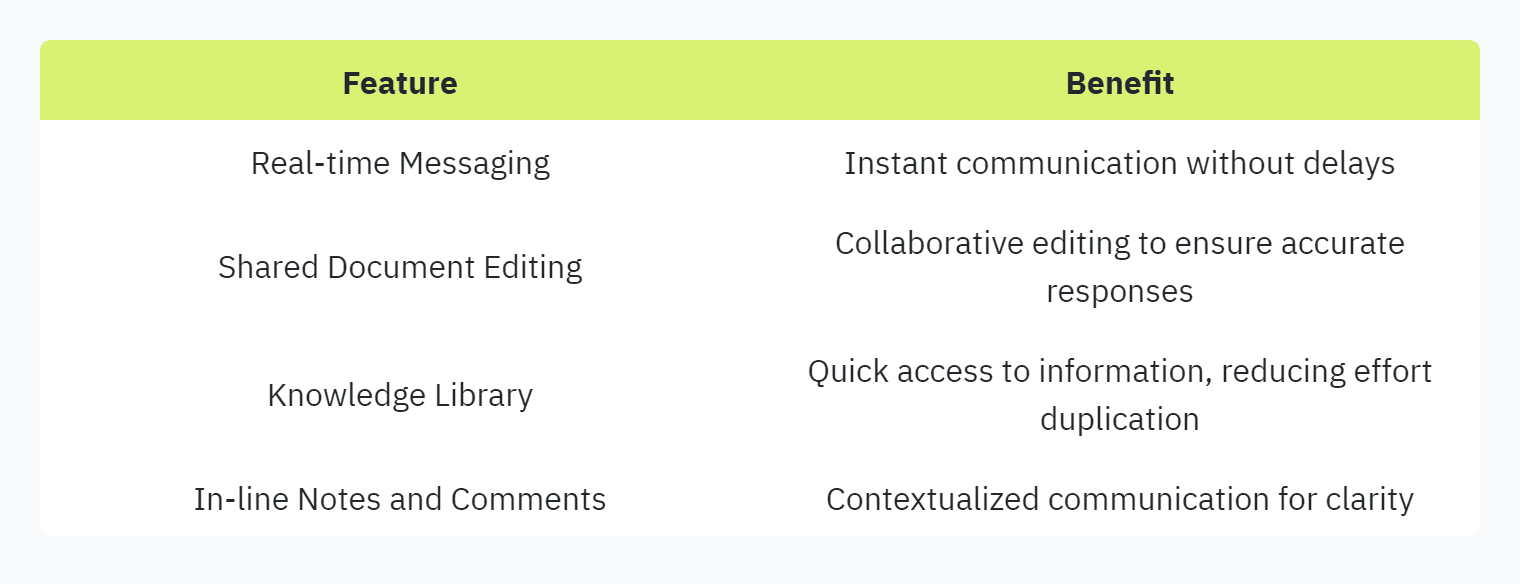
Efficient communication not only helps businesses manage their security and compliance needs effectively, but it also bolsters partnerships by maintaining clear and transparent lines of dialogue. For more on how to efficiently manage such communications, visit our page on communication in security questionnaires.
Overall, leveraging these communication features effectively addresses common pain points in security questionnaires, thereby enhancing the overall experience and accuracy of the process.
Enter your email to start accelerating your sales today.


